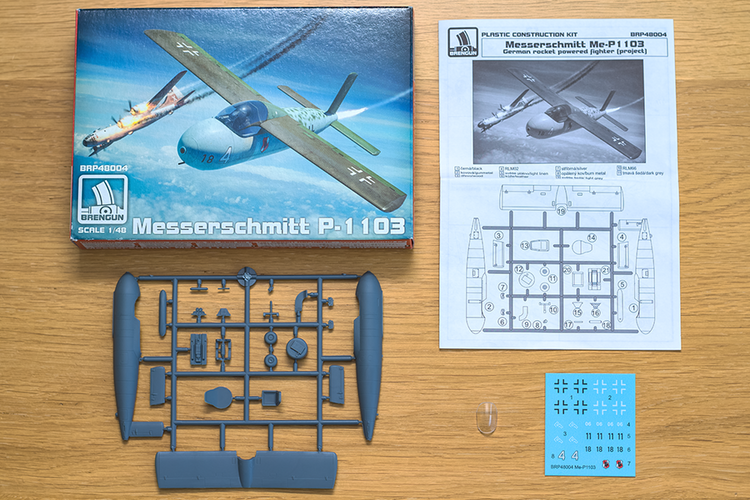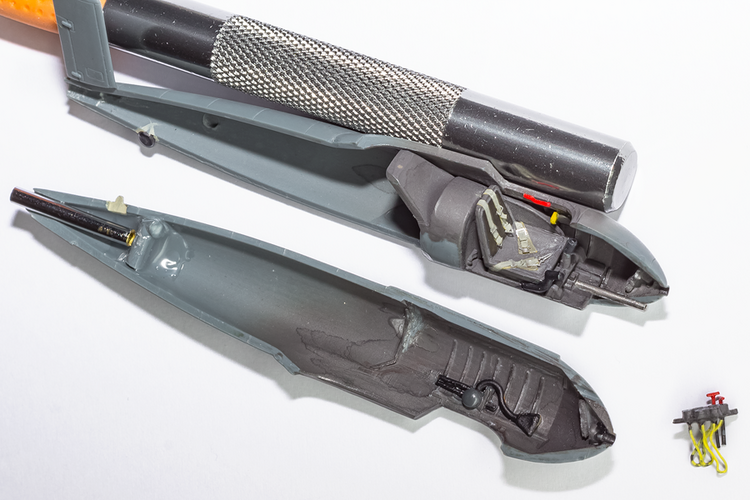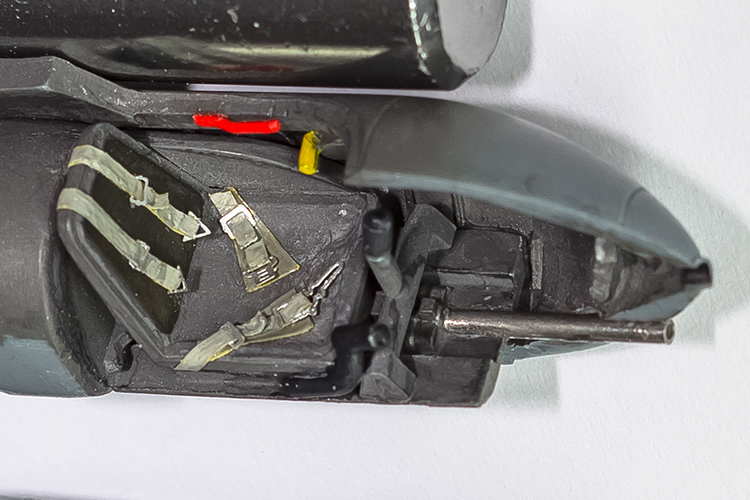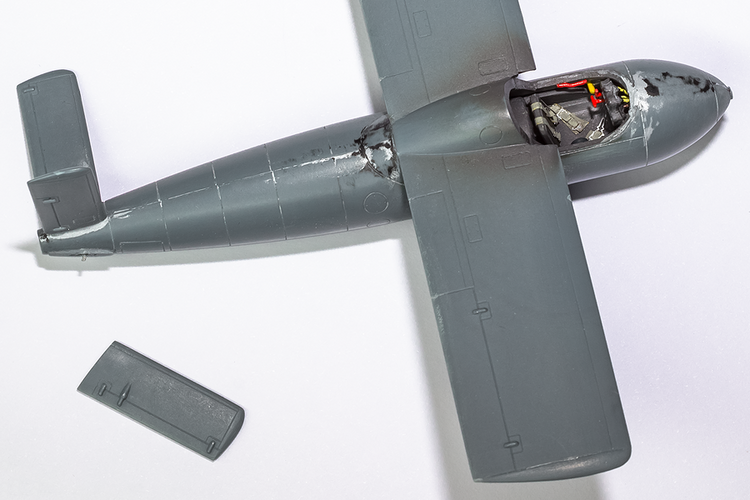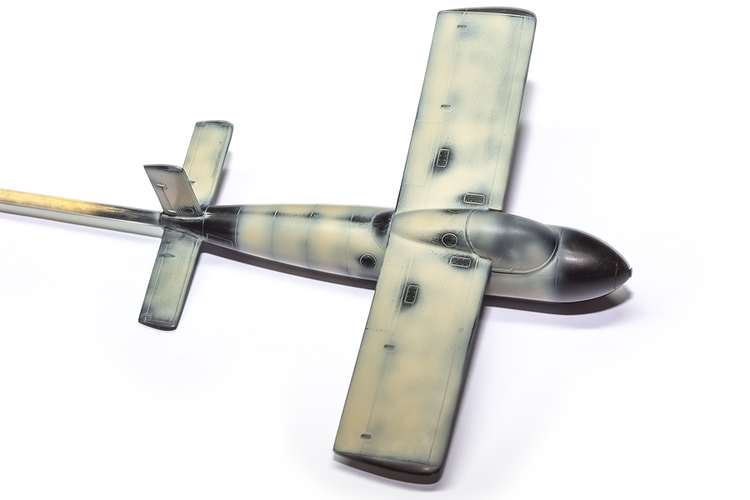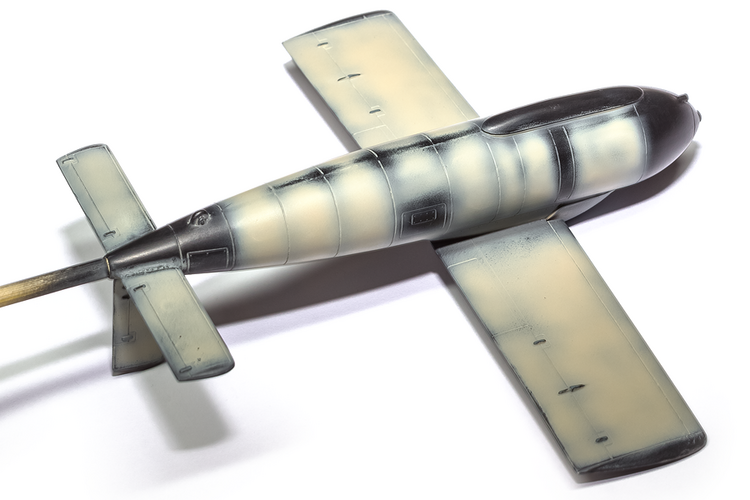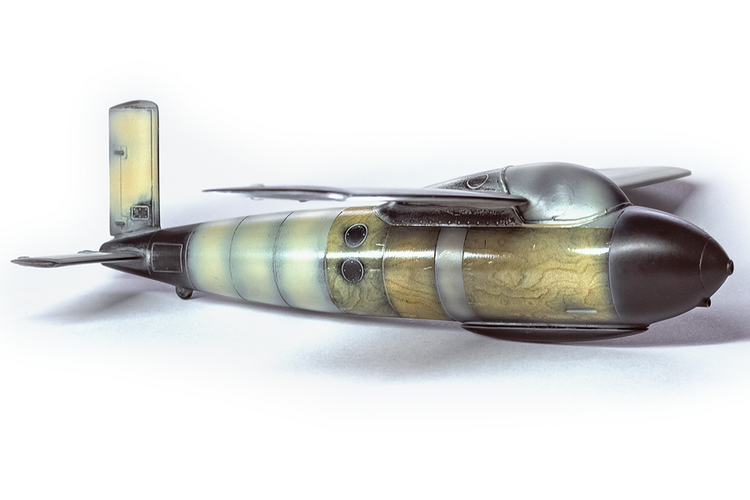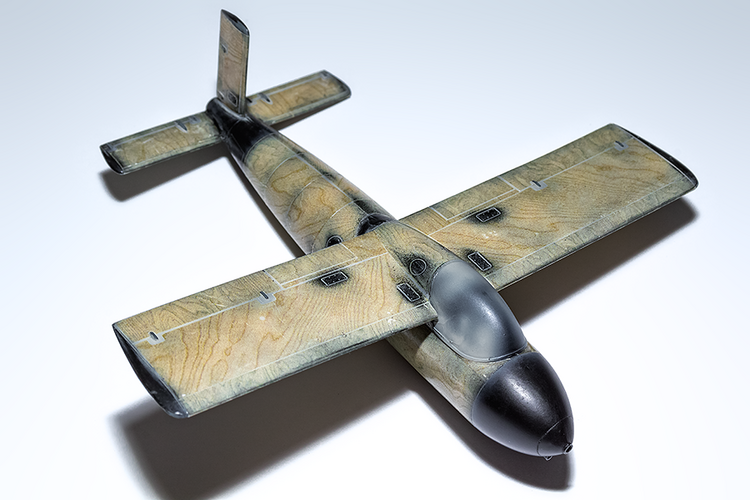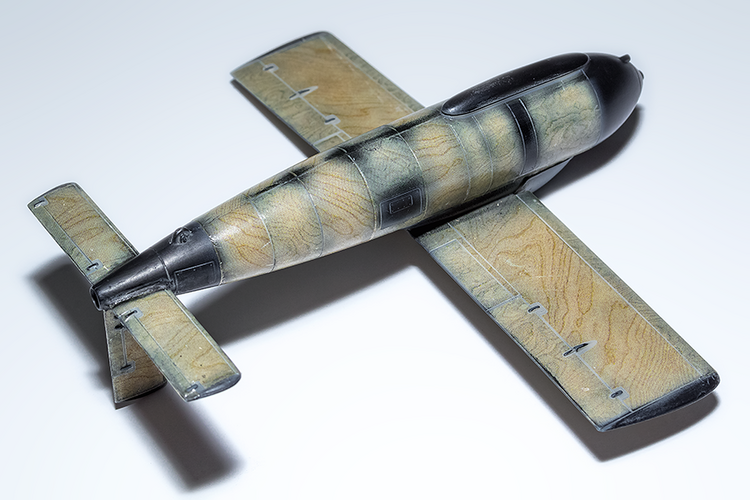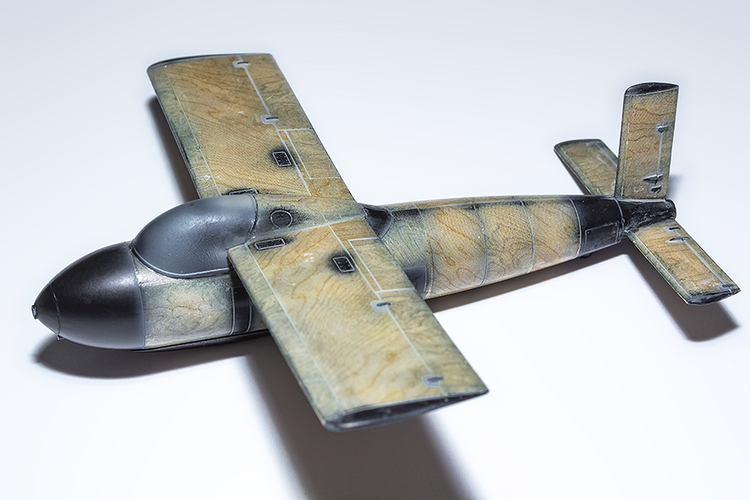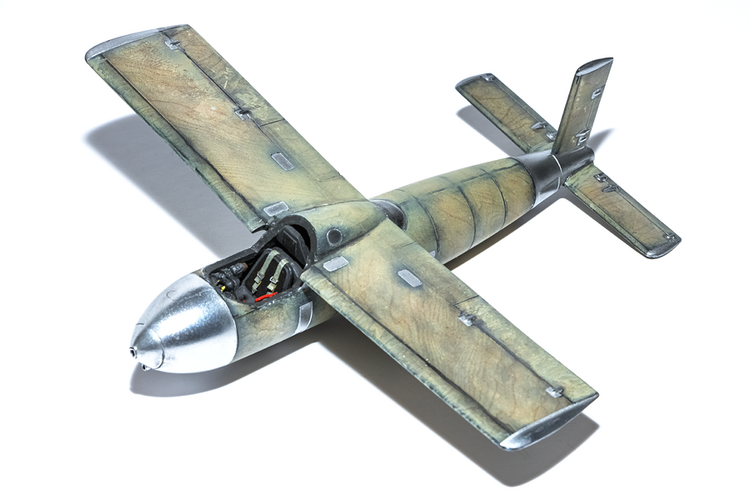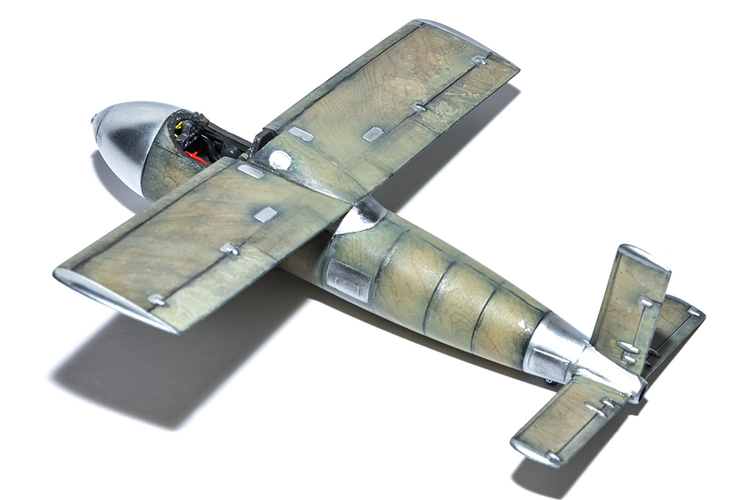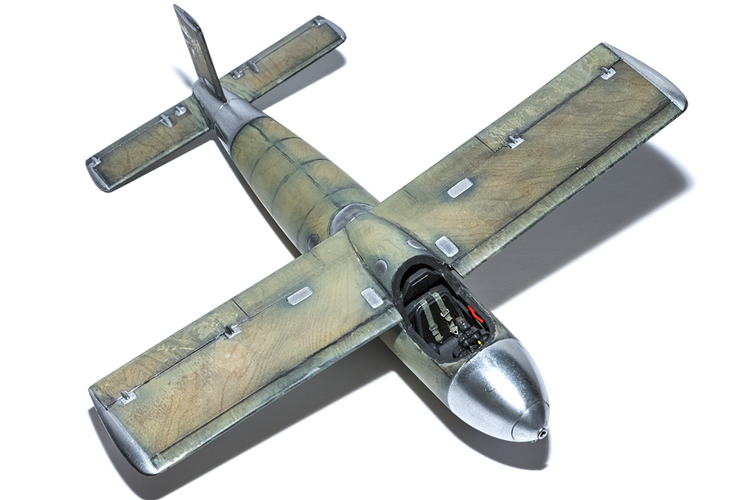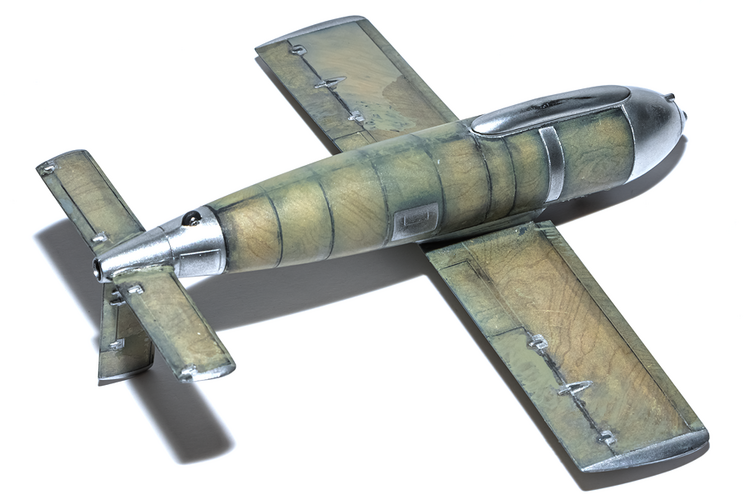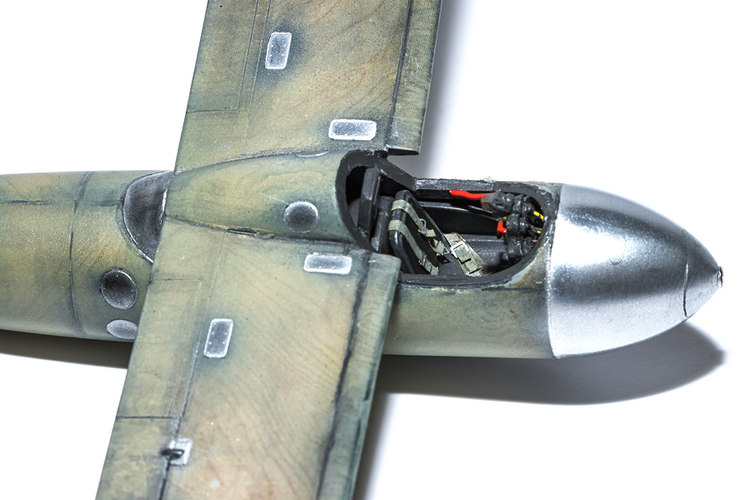Skyraider3D
Aviation Artist
Normally you'd find me posting artwork here, but I've recently picked up scale modelling again. This will be the first thing I finish in a quarter of a century (yikes!).
It's Brengun's diminutive Messerschmitt Me P 1103 in 1/48th scale. The kit is very small indeed (and there is a 1/72nd scale version too!), with less than two dozen parts and beautiful box art by the late Gino Marcomini. It is representative of design XII 283 from 12 September 1944. I'm building this in raw material style, meaning mostly wood with some dural panels and hatches.
It's Brengun's diminutive Messerschmitt Me P 1103 in 1/48th scale. The kit is very small indeed (and there is a 1/72nd scale version too!), with less than two dozen parts and beautiful box art by the late Gino Marcomini. It is representative of design XII 283 from 12 September 1944. I'm building this in raw material style, meaning mostly wood with some dural panels and hatches.

